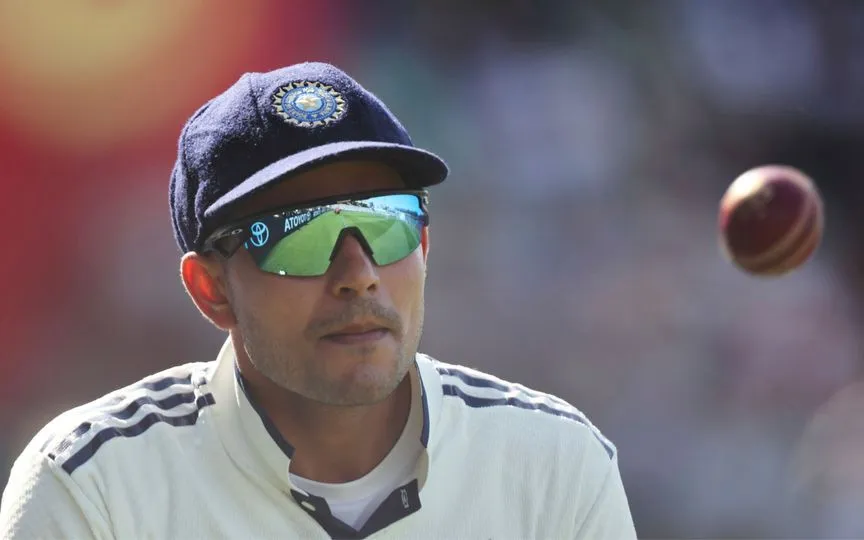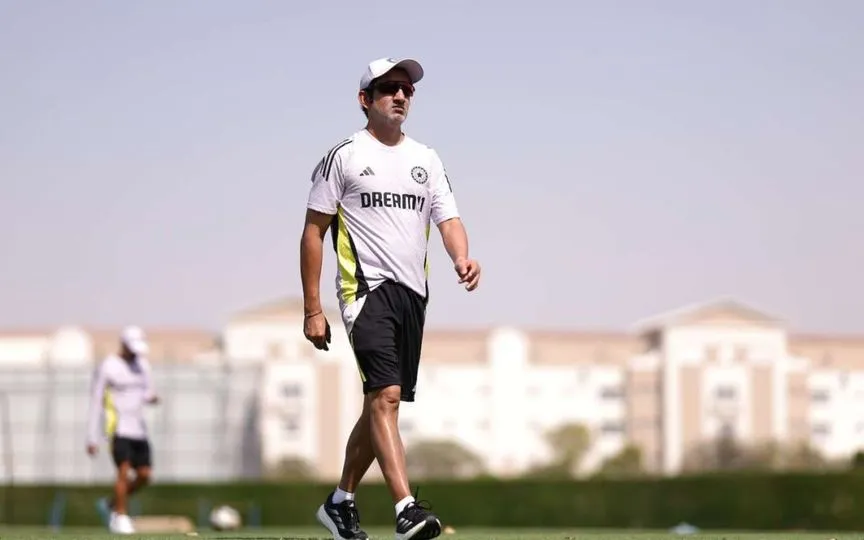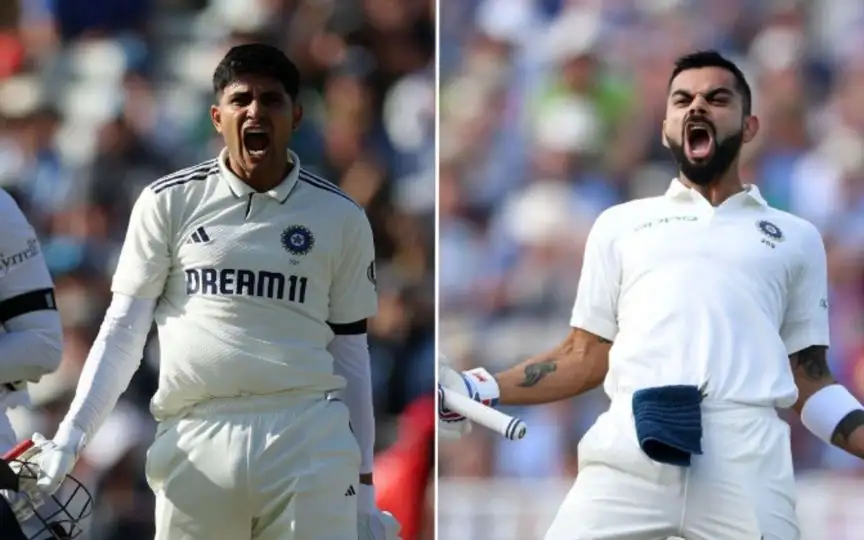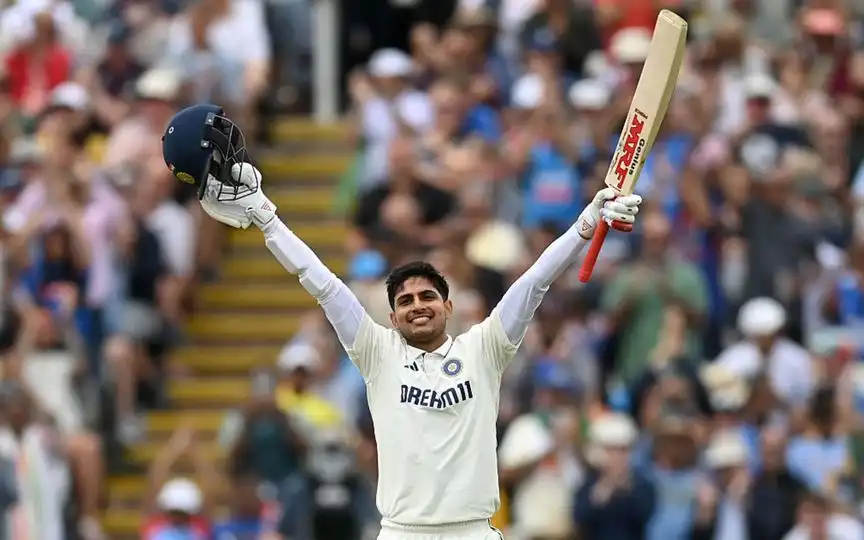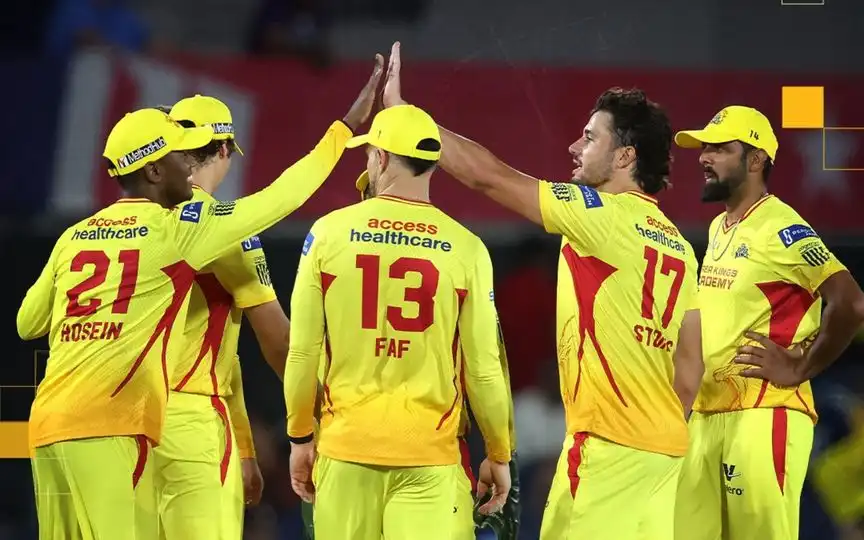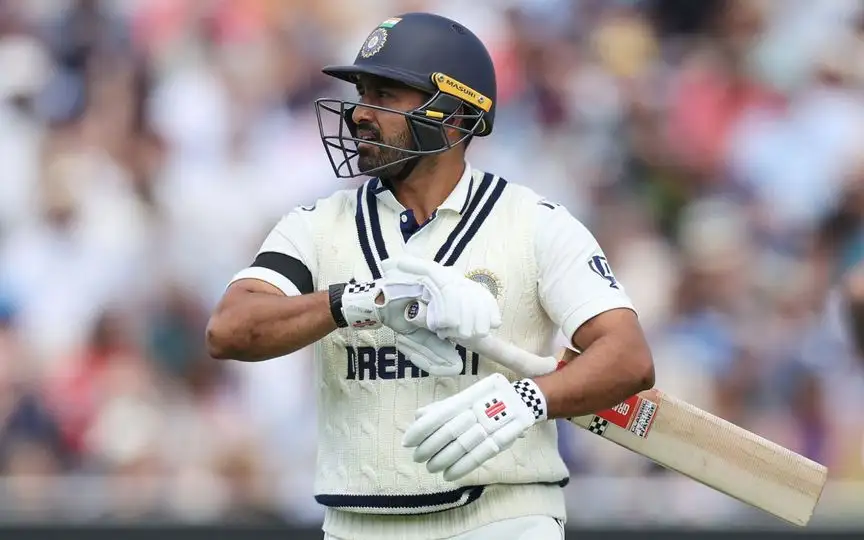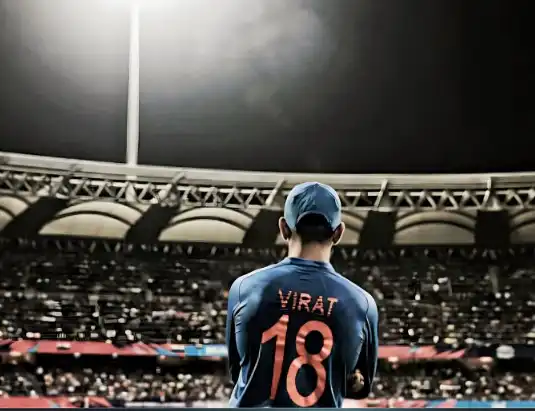![Australia and India both are going though a transitional phase [Source: @kash8778, @HardCricketpix/x.com]](https://onecricketnews.akamaized.net/parth-editor/oc-dashboard/news-images-prod/1751705678758_AustraliaIndiaTestTransition.jpg?type=hq) Australia and India both are going though a transitional phase [Source: @kash8778, @HardCricketpix/x.com]
Australia and India both are going though a transitional phase [Source: @kash8778, @HardCricketpix/x.com]
Cricket dynasties are built on legacy, but they thrive on transition. One of the major reasons why teams like Australia and India have managed to stay at the top for so long is because they have cracked the code of handing the baton without dropping it.
But right now, while India looks like a side looking ahead at a glorious future, Australia seems to be staring at some dark clouds. The Aussies have always been known for their ruthless consistency, a well-oiled machine that churns out world-beaters generation after generation. However, cracks have started to appear.
The big names are ageing, the replacements aren't convincing and the leadership group seems unsure of the path ahead. Let’s take a detailed look into why the Aussies are staring down the barrel when it comes to Test transition and how India seems to be a few steps ahead in the race.
1. Australia's Top Order Looks Like A Work In Progress
When David Warner signed off from Tests, he left behind a massive hole. A run-machine, a tone-setter and a man who made bowlers earn every single wicket. Post his retirement, the replacements: Marcus Harris, Matt Renshaw and Cameron Bancroft have all been given chances, but none made a case strong enough to be called Warner’s heir.
Then there is Sam Konstas. He showed early promise during the Border-Gavaskar series but has completely lost the plot against West Indies with just 33 runs across 4 innings. He has looked out of sync, his footwork is jittery and his confidence has nosedived under pressure.
Adding to the woes is Marnus Labuschagne. Once billed as the next Steve Smith, his form has taken a nosedive. The WTC Final was seen as a litmus test after he was promoted to open but he flunked it with 17 and 22. His last century came in 2023 and since then, he has looked like a shadow of the run-glutton he once was. Even opening him was a desperate last-ditch call that didn’t pay off.
Meanwhile, India has turned a corner. Yashasvi Jaiswal has taken Test cricket by storm. With over 2000 runs, centuries in England, West Indies and Australia and a fearless attitude, he has made the opener's spot his own. Partnering him is KL Rahul, whose experience and composure provide the perfect foil.
2. Pace Stock Running Thin
Australia’s famed trio of Pat Cummins, Mitchell Starc and Josh Hazlewood, has carried the workload admirably, but Father Time is catching up. Starc and Hazlewood are well into their 30s. Hazlewood especially has become injury-prone with recurring side and calf issues. His participation has become a question mark in every series and that puts pressure on the rest.
While Pat Cummins still leads with vigour, how long he can keep up the intensity across formats is uncertain. Australia doesn’t have ready-made replacements either. Lance Morris, Jhye Richardson and a few others are around but none are consistent starters.
India, in contrast, looks sorted. Jasprit Bumrah is at his peak, Siraj has grown leaps and bounds, and they are grooming players like Akash Deep, Prasidh Krishna, Arshdeep Singh and Harshit Rana. The depth is frightening.
3. Post-Lyon Spin Looks A Bit Dizzy
Nathan Lyon has been the backbone of Australia's spin attack. Over 550 Test wickets, long spells and remarkable consistency. But at 37, the end is near. Todd Murphy has been tried and while he has talent, he lacks the control, variety and fear factor of Lyon. Replacing someone of Lyon’s pedigree is no walk in the park.
India, however, is in a golden phase of spin. After Ravichandran Ashwin, experienced Ravindra Jadeja is in the mix. Kuldeep Yadav has added control to his already menacing variations. They also have Axar Patel in the wings. Their spin arsenal is already future-ready.
4. The Middle Order Conundrum
This is where both teams share some concerns but India is still ahead. Australia relies heavily on Steve Smith. But his form has dipped and age is catching up. Travis Head and Cameron Green have had moments but lack consistency. Mitchell Marsh is explosive but erratic. Beau Webster looks like a long-term bet but he is yet to prove it against quality attacks.
As for India? Shubman Gill has seamlessly filled the No. 4 role post-Kohli. Rishabh Pant is back, adding flamboyance and bite to the middle order. Plus, they are blooding youngsters like Dhruv Jurel and Nitish Reddy in key roles to ensure there is a bench warming up with match exposure.
Conclusion
Australia's transition isn’t just a bump on the road, it could be a full-blown rebuild phase. Their key players are on the wrong side of 30 and the bench hasn’t looked ready yet.
India, meanwhile, has managed to not just replace legends but enhance their setup with a pipeline that is flowing with talent.
The next few years will tell the tale. For now, it looks like the sun is still shining on India while Australia might be heading for a bit of a cloudy spell.
